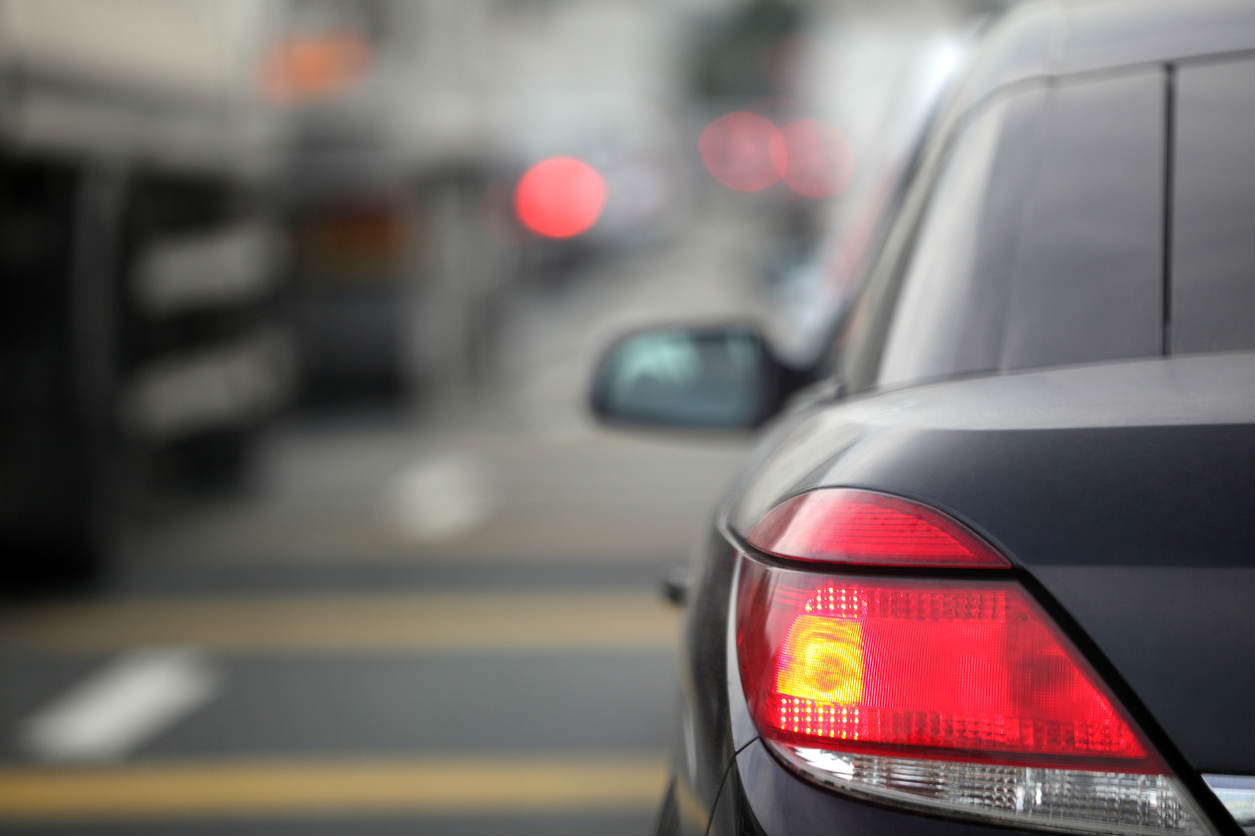Turn signals and brake lights help drivers communicate with other drivers around them.
Communicating with other drivers is critical in avoiding and preventing St. Louis car accidents. Unfortunately, it can be hard to do so with so many physical barriers between you. Functional turn signals and brake lights help to solve this problem.

Communication on the Road
When you’re walking through a crowded mall, you can exchange words or non-verbal communication with the people around you. Additionally, a walking collision is unlikely to produce a severe injury, so the stakes are low. When you’re driving, your risk rises significantly and your ability to communicate falls. Not only can you not talk to other drivers, but their faces are often obscured behind their windshields. The result is very little information exchanged between drivers. This effect is what makes your brake lights and turns signals so important. Under low-communication conditions, you must use every tool at your disposal to tell other drivers where you’re going.
Turn Signals
The first critical application of turn signals is changing lanes. When driving, changing lanes is a frequent occurrence, but it frequently leads to accidents. When you use your turn signal, you tell other drivers what you’re about to do and allow them to adjust accordingly. The second is for turns. Whether you’re going right or left, your behavior will delineate from what other drivers expect. For this reason, you must show them your intentions.
Brake Lights
Perhaps even more critical are brake lights. The reason is that they prevent a tremendous amount of rear end collisions. The most common example of them doing so is when a car stops suddenly. Instead of having to detect the slowdown on their own, the drivers behind that car can see the red brake lights and instinctively slow down too. These indicators are even more useful when visibility is low in inclement weather.
How to Use Them
When it comes to brake lights, there are no guidelines for how to use them because they function automatically. Whenever you hit the brakes, your lights go on for you. For turn signals, you must manually turn them on, and it is best to do so every time you make a maneuver in your vehicle. That applies to left turns, right turns, and lane changes.
Maintenance Tips
Fortunately, the maintenance of these lights is very straightforward. When a light goes out, you either replace it yourself or have it done by a professional. Either way, the service will be very affordable. As far as knowing when your lights are out, we recommend doing monthly checks. At the very least, try to get your oil changed at a place that does these tests for you.
One of the most frustrating experiences on the road is when somebody does not communicate with you before making a move. To avoid committing this error yourself, you should always use your turn signals and make sure your lights are in working condition. That way, you can ensure the safety of you and every other driver on the road.
